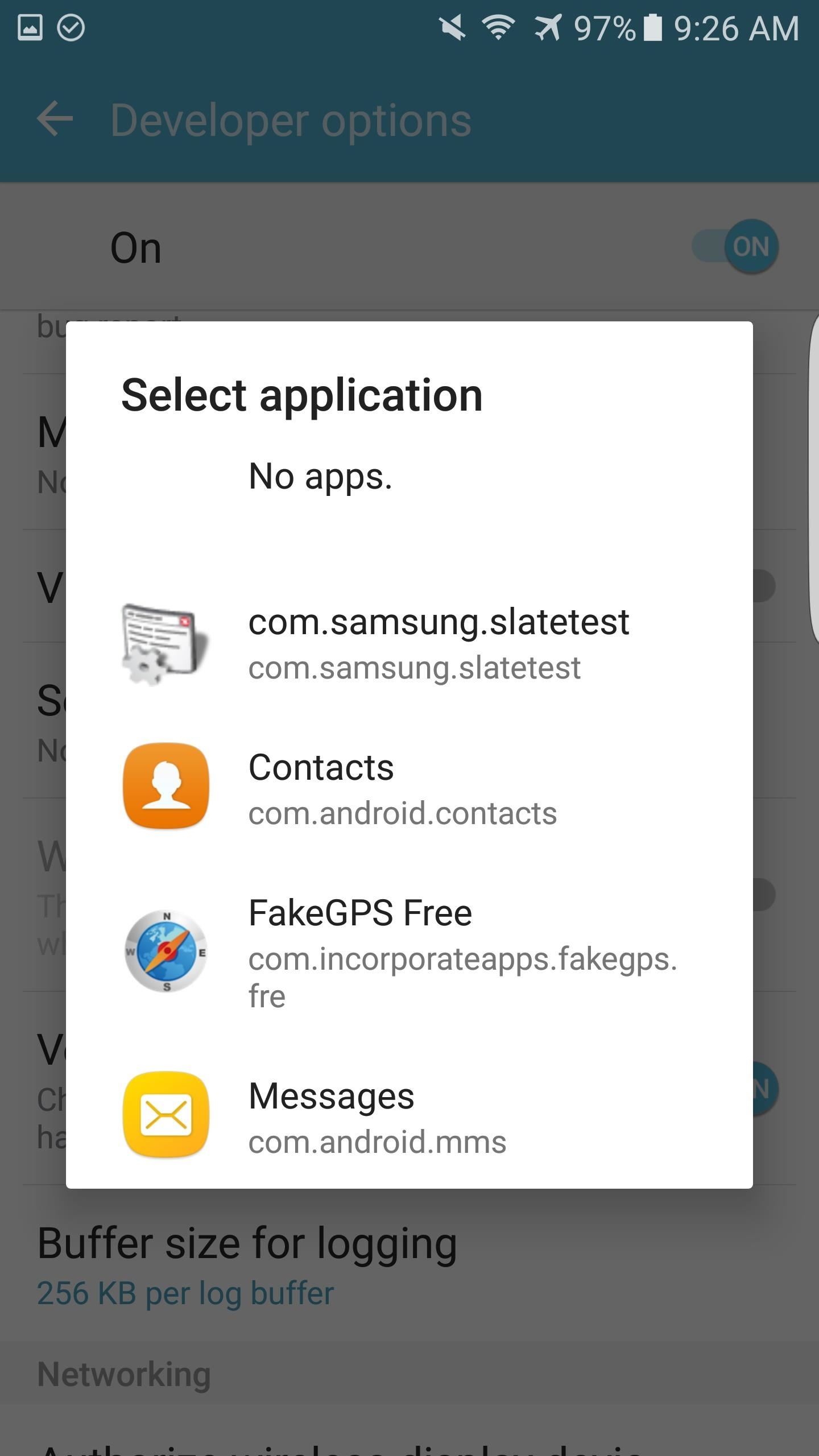Some of these steps work only on Android 9. Learn how to check your Android version.
Turn on Google's Location services Open your device's Settings app. Choose High accuracy or Battery saving.
Error (Forbidden)
Both options can use Wi-Fi, mobile networks, and sensors to determine location. Turn off Google's Location services Open your device's Settings app. You can turn off this setting in 2 ways: From this screen, you can toggle on or off any of the location services your phone offers. There has long been talk of location services draining the battery of phones.
Ask permission responsibly
As they are, at times, constantly looking for your location, that is somewhat true. However, as times have changed and technology has evolved, leaving location services on does less and less to decrease the life of your battery.

You can control the frequency at which your listener receives updates with the second and third parameter—the second is the minimum time interval between notifications and the third is the minimum change in distance between notifications—setting both to zero requests location notifications as frequently as possible. The last parameter is your LocationListener , which receives callbacks for location updates. Without these permissions, your application will fail at runtime when requesting location updates.
If your app targets Android 5. If your app receives location information from either of these location provider sources, you need to declare that the app uses these hardware features in your app manifest.
On devices running versions prior to Android 5. However, requesting those permissions does not automatically request location hardware features on Android 5. The following code sample demonstrates how to declare the permission and hardware feature in the manifest file of an app that reads data from the device's GPS:. Location-based applications are now commonplace, but due to the less than optimal accuracy, user movement, the multitude of methods to obtain the location, and the desire to conserve battery, getting user location is complicated.
To overcome the obstacles of obtaining a good user location while preserving battery power, you must define a consistent model that specifies how your application obtains the user location. This model includes when you start and stop listening for updates and when to use cached location data.
How to use GPS to locate things and track people
Figure 1 demonstrates this model in a timeline that visualizes the period in which an application is listening for location updates and the events that occur during that time. A timeline representing the window in which an application listens for location updates. This model of a window—during which location updates are received—frames many of the decisions you need to make when adding location-based services to your application. You might want to start listening for location updates as soon as your application starts, or only after users activate a certain feature.
Be aware that long windows of listening for location fixes can consume a lot of battery power, but short periods might not allow for sufficient accuracy.
How to: Enable GPS and Other Location Services [Beginners’ Guide]
As demonstrated above, you can begin listening for updates by calling requestLocationUpdates:. The time it takes for your location listener to receive the first location fix is often too long for users wait. Until a more accurate location is provided to your location listener, you should utilize a cached location by calling getLastKnownLocation String:. The logic of deciding when new fixes are no longer necessary might range from very simple to very complex depending on your application.
A short gap between when the location is acquired and when the location is used, improves the accuracy of the estimate. Always beware that listening for a long time consumes a lot of battery power, so as soon as you have the information you need, you should stop listening for updates by calling removeUpdates PendingIntent:. You might expect that the most recent location fix is the most accurate.
However, because the accuracy of a location fix varies, the most recent fix is not always the best.
- Location strategies.
- How to get and use location data in your Android app.
- Mileage Tracker App Android.
- Spy on agps mobile phone Spying.
- Phone Hack Application for iPhone or Android.
- How to get and use location data in your Android app.
You should include logic for choosing location fixes based on several criteria. The criteria also varies depending on the use-cases of the application and field testing. As you test your application, you might find that your model for providing good location and good performance needs some adjustment.
